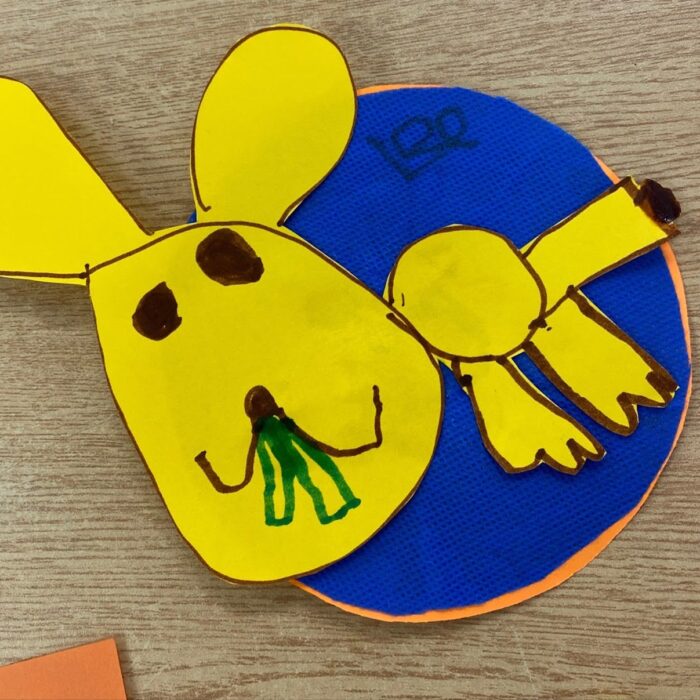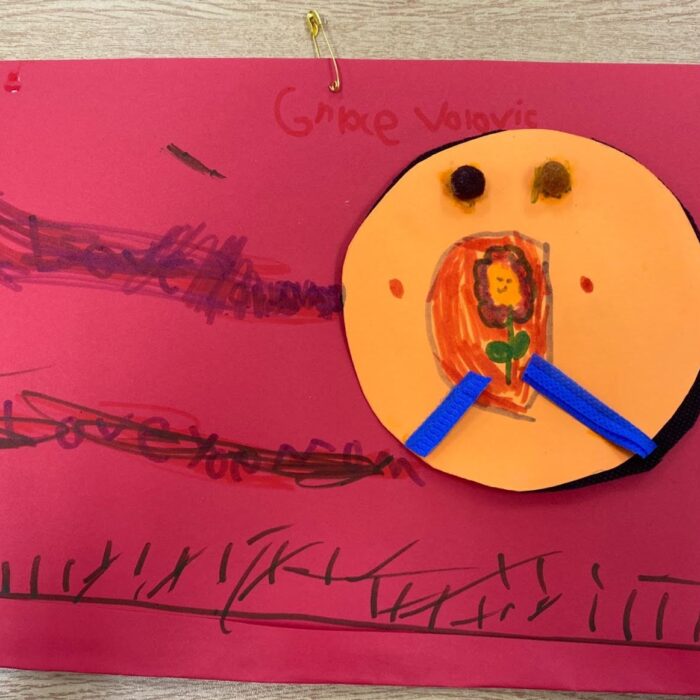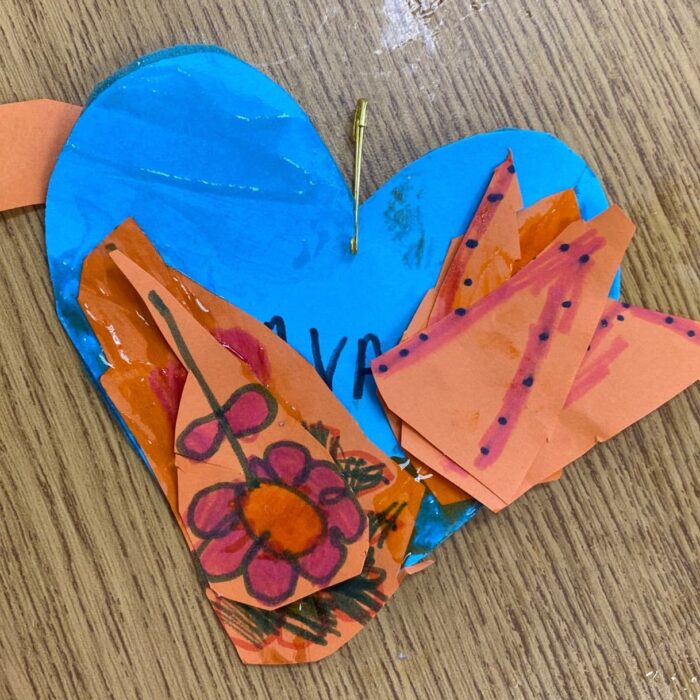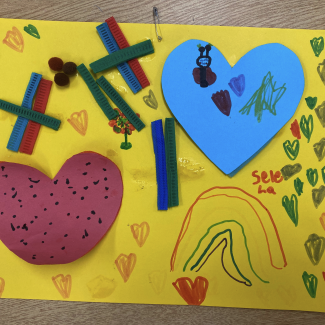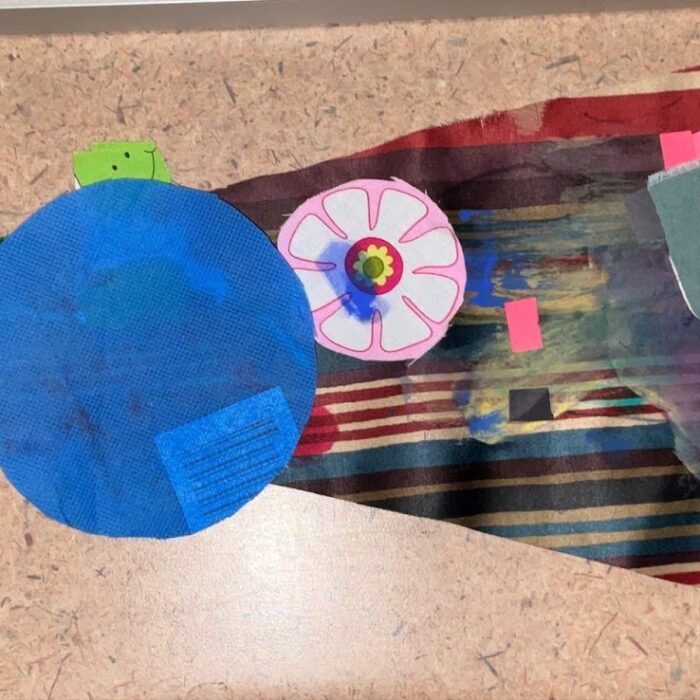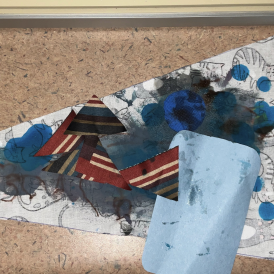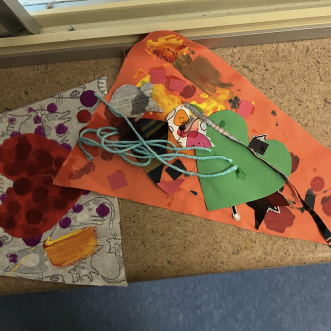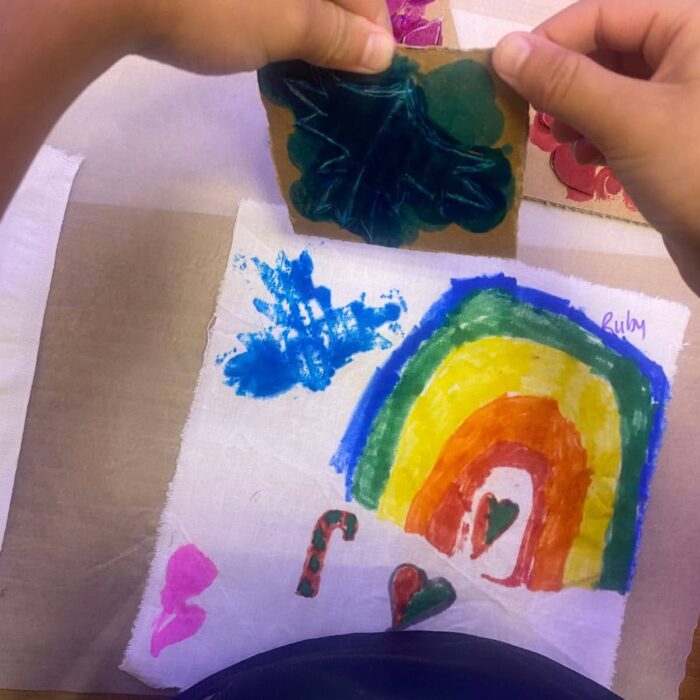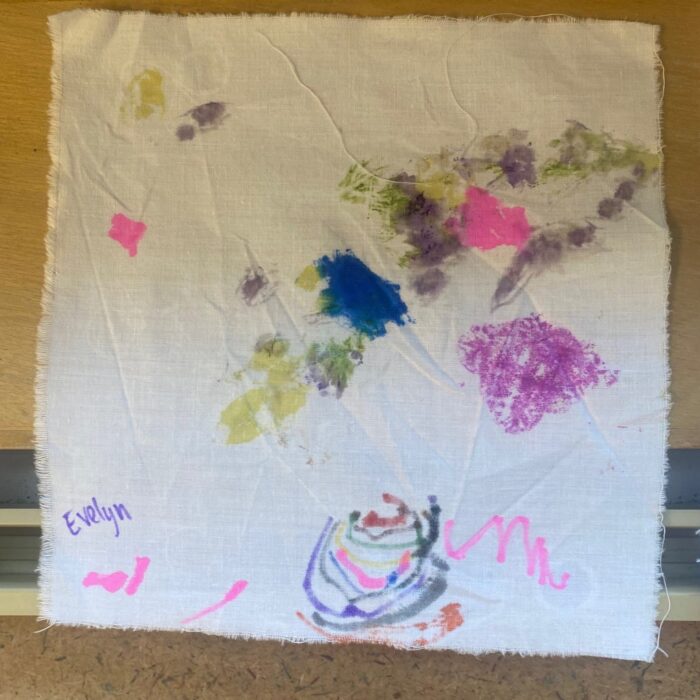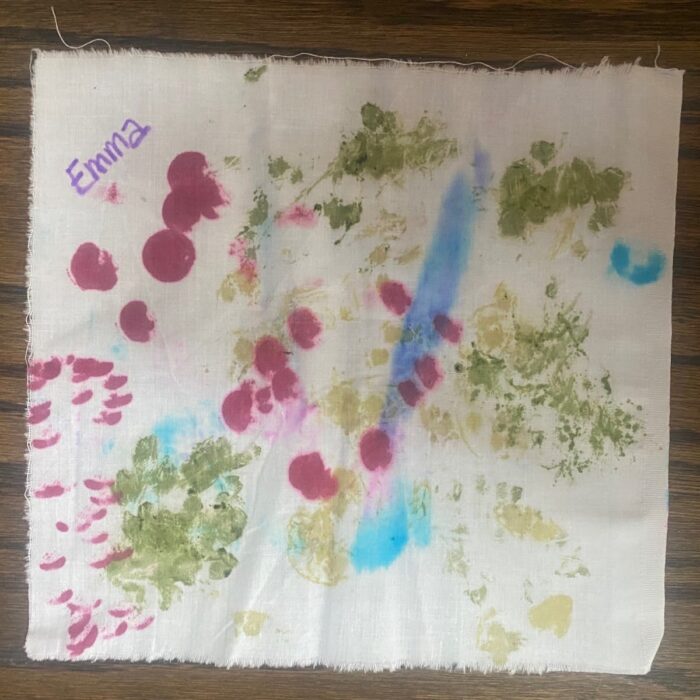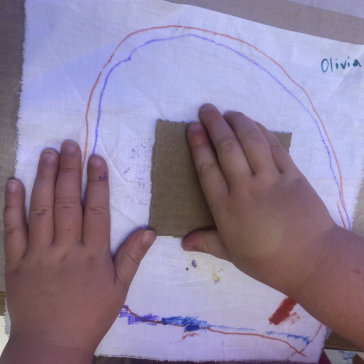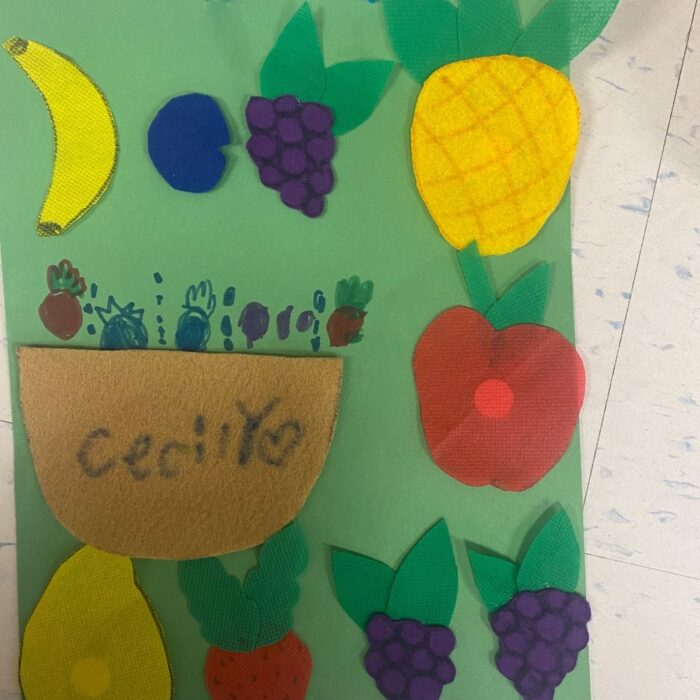Artasia at Immaculate Heart of Mary
Hamilton Wentworth Catholic Child Care Centres
🖌️ Artist Educator: Jazmin Vega Rodriguez
Week 1 - It Is The Process That Matters
In early childhood education, there’s no need to formally teach young children how to create art. Product-focused art can limit their ability to express themselves freely and creatively. Instead, the best approach is to expose children to a variety of materials and drawing tools, allowing their creativity to flourish without boundaries. When working with young children, it’s essential to keep the art-making process as open and flexible as possible.
Process art, or open-ended art, empowers children to explore materials in their own way, offering them the chance to express their individuality. By embracing this approach, artist educators enable children to create art that reflects their personal interpretation of the world, resulting in a genuine expression of their uniqueness.
During Week 1, the task was for the children to create personal badges. They were given a simple shape and encouraged to personalize it with their name. However, in an unexpected twist, most children chose to paste their shapes onto a larger piece of paper instead. One particularly captivating moment was when a participant used the materials to create an image of a person eating a flower. It was a wonderful reminder of how children can think outside the box and surprise us with their boundless creativity.
Week 2 - A Messy Art Adventure
Making art with children can quickly become messy, which is likely why some educators and caregivers choose to avoid it. However, there’s a unique beauty in the chaos of creating art. When children are given the freedom to explore materials in an organic and unstructured way, they make decisions about what to use and how to use it. This freedom fosters creativity and imagination.
As the children were working on their banners, they had the chance to experiment with mixing paint. This turned out to be one of their favourite parts of the process. With great enthusiasm, they blended the colours together, only to end up with the same “greyish colour” each time. Despite the result, they kept asking for more paint, eager to explore the blending process. It was in this seemingly simple act that they discovered the principles of cause and effect. The freedom to experiment allowed them to learn through doing.
Later on, the children were invited to choose their favourite scraps of fabric to add to their banners. Initially, the fabric scraps were neatly contained in a bag, but in the blink of an eye, they were scattered all over the room. The teachers seemed taken aback by the sudden chaos. I quickly reassured them, saying, “I’ll clean it up afterward.” For a moment, I questioned whether I had made the right decision by leaving the bag unattended, but then I realised that the mess was an integral part of the creative process.
As the activity drew to a close, the children eagerly helped put the fabric pieces back in the bag. They proudly placed their completed banners along the windowsill while the teachers began cleaning the tables. That’s when reality hit me—the tables were stained with paint, and I felt a wave of panic. Reflecting on the experience later, I came to accept that making art can indeed get messy, especially when working with a variety of materials. The key is in preparation and planning ahead, but also in embracing the mess as part of the creative journey.
Week 3 - The Magic Behind Flower Pounding
The day began with a quick demonstration of flower pounding, setting the stage for what would become a truly magical experience. As the artist educator carefully placed petals onto the fabric, pounding them with a rock to reveal vibrant colours, the children watched in awe. The moment the colours began to unfold was met with wide-eyed amazement, and the group couldn’t wait to get their hands on the flowers and rocks.
Children, natural imitators, eagerly followed the demonstration. What started as a somewhat quiet classroom soon transformed into a lively chorus of rocks hitting fabric. The noise was just the beginning of their excitement, as they revealed the joy of smashing flowers perfectly onto the fabric. The energy in the room was palpable, but then, just as quickly, silence fell. They were captivated by the transformation before them—what was once white fabric now featured subtle, almost imperceptible splotches of purple, blended with muted tones of yellow and green.
Excited by their success, the children were eager to repeat the process. This time, they were introduced to new materials—markers, cardboard stamps, and bingo dabbers. The introduction of these tools led to a burst of creativity, with some art pieces now showcasing rainbows, scribbles, and lines. The combination of materials brought their imaginations to life, turning the simple act of flower pounding into a vibrant exploration of colour and form.
Week 4 - A Little Bag of Friendship
This week, the children were filled with excitement as they created superhero capes, masks, bracelets, and necklaces. Amidst the flurry of activity, I noticed two little girls who appeared to be the best of friends. One of the girls kept asking me to help her make a bag for her friend.
As the day went on, other children needed my assistance, and I had to postpone helping with the bag. Despite the delays, this little girl didn’t forget about her request. She persistently and patiently asked me to help make the bag for her friend.
Even though time was running out, I knew I couldn’t leave without fulfilling her request. In those final moments, I made sure to create a small bag for her friend. Witnessing this act of friendship and care was a heartwarming reminder of the simple yet profound ways children express their love for each other.
Week 5 - Sweet Moments and Creative Memories
During our final Artasia session, the children eagerly shared their favourite fruits at the start of the activity. Some playfully insisted that chocolate was their favourite, and to everyone’s amusement, those same kids later added a chocolate bar to their fruit salads. It was a lighthearted moment that added a unique twist to the day’s activity.
However, the most memorable part of the day came when a little girl, who had previously asked me to make a small bag for her friend, reminded me of something important. She pointed out that I hadn’t helped her create the wearable she had wanted the previous week. I was struck by her sharp memory and how much these art sessions meant to her. Realising the impact Artasia was having on these young lives was a powerful moment for me.
Determined to make it right, I stayed after the session and crafted a small apron for her out of shopping bags. I wasn’t sure if the measurements were perfect, but I hung it in her cubby, hoping she would be pleased. As I reflected on the day, I wished that this little girl would remember our time together fondly, just as I would. The day was filled with vibrant colours, creativity, and a touching reminder of the connections we get to build through art.
Jazmin can be found on LinkedIn here.
